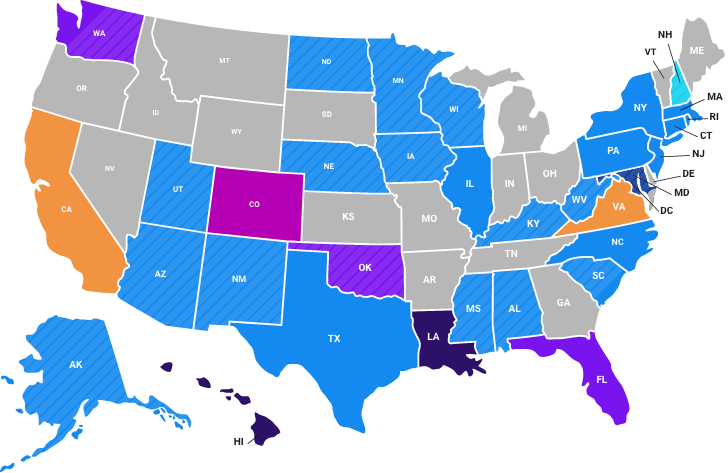For some companies, data governance became a top priority in 2018, when Europe’s General Data Protection Regulation (GDPR) took effect. For others, it started to matter in 2020, when the California Consumer Privacy Act (CCPA) became enforceable.
But even if you don’t have customers in Europe or California, data governance is something you should care about – and not just because many other US states are considering CCPA-like laws of their own. No matter where you do business, adopting data governance best practices can improve your organization’s financial performance, operations, legal and regulatory compliance, and customer experience.
In this whitepaper, we’ll detail the ways data governance can lead to better business outcomes, explain what an organization needs to have in place to successfully adopt data governance best practices, and detail the steps to achieving data governance.
We’ll also briefly highlight common software products used to facilitate data governance and offer insight into which ones tend to work best in various circumstances.











